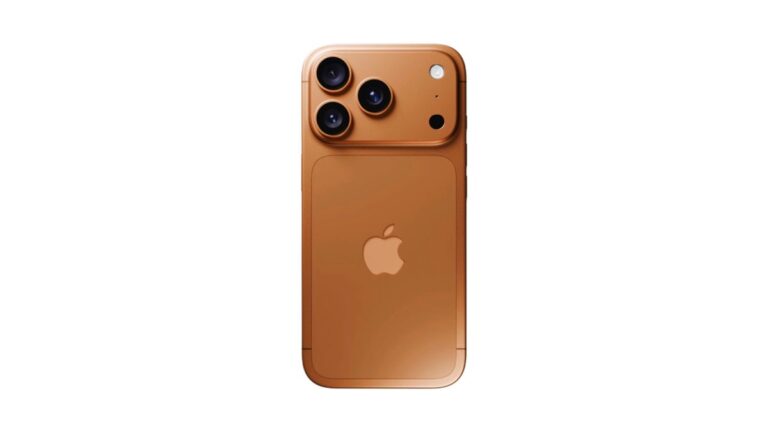Apple has finally reimagined the iPhone with the launch of the iPhone 17, introducing fresh designs that break years of sameness. For iPhone fans, the past few years have brought little change to the physical look of Apple’s flagship devices. While internal technology improved, the shape and feel of the phones remained almost identical. The new iPhone 17 lineup changes that entirely.
The most talked-about model from Apple’s announcement event is the iPhone Air. This model is strikingly slim, measuring just 5.64 mm in thickness compared to 7.95 mm for the standard iPhone 17 and 8.75 mm for the iPhone 17 Pro and Pro Max. The 2.3 mm difference between the standard iPhone 17 and the Air may seem minor, but in hand, it feels noticeably lighter and sleeker. Despite having a screen 0.2 inches larger than the iPhone 17, the iPhone Air weighs nearly half an ounce less, making it highly portable and comfortable to hold.
Meanwhile, the iPhone 17 Pro and Pro Max models offer a more substantial design. They feature a camera island stretching across the entire top back of the phone and a new unibody frame. This redesign makes the devices feel more robust while also slightly larger than previous models. The changes improve both the aesthetic and functional experience, especially for users who rely on the camera and the sturdiness of their device.
Overall, the iPhone 17 series introduces three distinct designs that are easy to differentiate. The unique form factors not only help users pick the right model but also enhance daily usability. Over time, the feel of a phone in hand becomes just as important as its internal specs, and Apple’s latest models succeed in providing this variety.
The iPhone Air appeals to users who value portability and lightweight design, while the iPhone 17 and 17 Pro models cater to those who prefer a more robust and feature-rich experience. Apple has effectively diversified its lineup, ensuring that users have choices tailored to their preferences and usage patterns.
The new iPhone designs also show Apple’s willingness to rethink long-standing conventions. Since the iPhone X, the physical design of Apple’s flagship phone had changed very little. By introducing multiple form factors in one series, Apple is finally offering something for different user needs and tastes. This shift reflects a deeper understanding of what smartphone users want: variety, comfort, and style, alongside cutting-edge technology.
Another notable aspect of the new designs is how Apple balances innovation with practicality. The slim iPhone Air is easy to carry and handle, while the larger Pro models offer advanced features without feeling awkward in hand. Each model now has a more purposeful design, which can influence how consumers choose their device beyond just camera or performance specifications.
Apple’s approach with the iPhone 17 series signals a potential trend in future releases. Users can expect more tailored designs, catering to different preferences in size, weight, and handling. This strategy could redefine how smartphones are developed and marketed, putting the focus on user experience in addition to technical upgrades.
In summary, Apple’s iPhone 17 launch marks a significant change in design philosophy. The new iPhone Air, iPhone 17, and iPhone 17 Pro models offer clear choices for different users. With lighter, slimmer, and more robust options, Apple has addressed long-standing calls for variety and user-focused design. This redesign is likely to influence the smartphone market and set new expectations for both aesthetics and usability.


